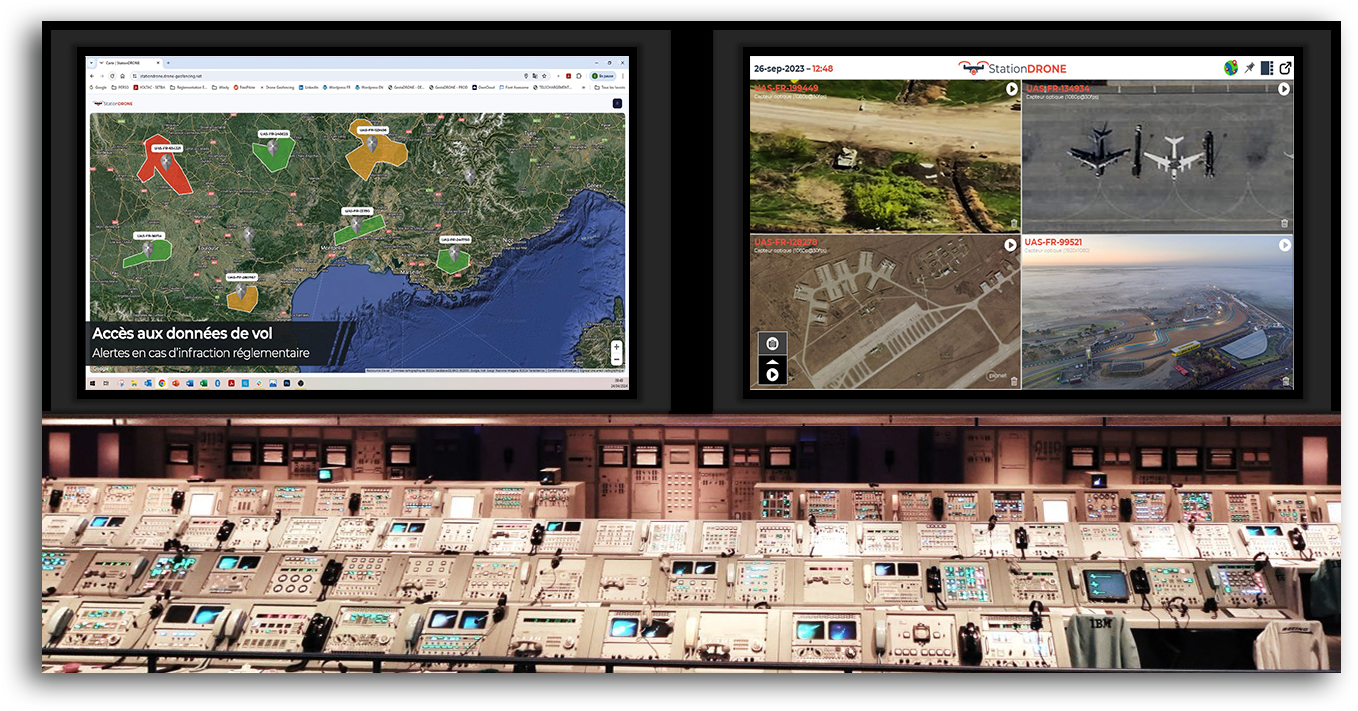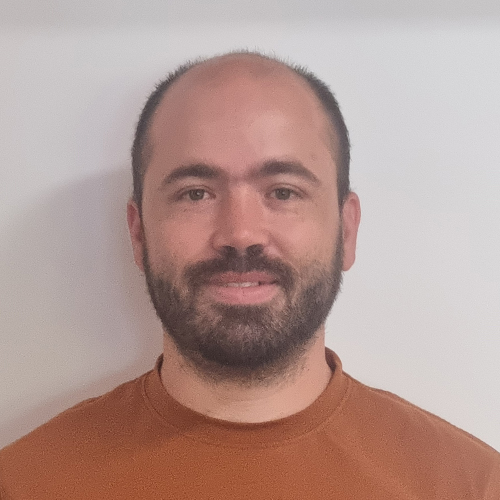In order to become a professional drone pilot (and to comply with the aeronautical regulations in force), it is necessary to obtain state degrees awarded by the DGAC (Directorate General of Civil Aviation), or even to have followed several practical training courses given by an approved professional training centre.
Drone pilot training, the current regulation
First of all, a minimum age is required for drone piloting: 16 years old for scenarios S1 (visual flight), S2 (flying out of sight at less than 1 km from the telepilot) and S3 (flying in populated areas) AND 18 years old for scenarios S4 (flying out of sight).
Drone training and theoretical skills
This instruction, given in flight school, allows the pilot to obtain, after passing a theoretical pilot exam, a certificate of theoretical aptitude for remote piloting which will be delivered by the DGAC. This certificate is essential to be able to fly all types of professional civilian drones (with the exception of captive aerostats).
This pilot training is insufficient to be able to fly an aircraft in the S4 operational scenario. The remote pilot must complete it with one of the following additional licences: aeroplane pilot, helicopter pilot, glider licence including field flight.
It is important to note that any licence delivered by another member state of the European Union according to EASA regulations are valid with the exception of ULM licences (and associated ULM training), the basic licence and the LAPL with a local flight restriction.
The certificates provided by the Ministry of Defence identified in the decree of 5 September 2014 are also accepted.
Drone training and practical expertise
Practical drone training is necessary to validate the drone pilot’s ability to practice. Except for captive aerostat remote pilots who must take in-depth practical training (take-off, landing, exercises, etc.) and have a training follow-up certificate. A remote pilot cannot provide his own practical drone training. This certificate, issued by one of the instructors of the training organisation, must be attached to the specific activity manual of the drone operator. furthermore, all remote pilots of aircraft weighing more than 25 kg (except captive aerostats) must obtain a specific certificate of competence issued by the DSAC.
Each European Union Member State currently applies its own regulations in order to secure its airspace.
Currently, the regulations are defined according to the weight of the drone and its use: aeromodelism (leisure drone), experimentation (tests carried out by manufacturers), and special activities (civil drone). The future regulation defined by the civil aviation authorities will abrogate this philosophy in favour of a proportionate regulation directly linked to the safety rules implemented to ensure the safety of people on the ground.
As part of the training order, the drone training programs and the degrees required to practice are being overhauled according to three new categories: open, specific and certified. At this time, only the new training courses associated with the Open category (visual flight, low altitude flights with aircraft weighing less than 25 kg, sources of low risk for people on the ground) have been defined.
For drones weighing less than 250 grams (subcategory A1), no training will be required.
For a drone weighing less than 900 grams flying nearly a third of the weight (subcategory A1), a new evaluation called Fox Alpha Tango Version 2 will be available. The MCQs (Multiple-choice questions) will cover more modules with a longer exam (40 questions and answers – 75% pass rate minimum) than the current leisure training (5 modules – 20 questions and answers – 100% pass rate).
For any drone weighing less than 4 kg flying at a distance from third parties (sub-category A2), it will be necessary to obtain the Fox Alpha Tango Version 2 evaluation, to carry out a declarative practical self-training and to follow a complementary theoretical training in order to obtain the “remote pilot licence” which will have to be renewed every 5 years.
The training programmes applicable to the specific and certified categories are still being defined and the perimeters covered are still unclear to date.
What is the horizon for these changes in drone regulations ?
A transition plan is currently being discussed with the European Union. The new tests will only be available from 1 January 2022. The new pilot training courses will be mandatory from 31 December 2025. During the transition, the current degrees will remain valid.
What funding for your drone pilot training ?
Do you want to be a professional drone pilot? Are you looking for a job or are you retraining? Are you looking for an instructor trainer or a training school? Drone pilot training is a mandatory training. You can compare the drone pilot training program of each school. Inquire because there are several ways to be financed with financial aid such as DIF during a professional training, your personal CPF training account, or FONGECIF. The Fongecif accompanies employees in their personal training projects and helps them to finance their project. Or if you are an employee of a company, the OCPA can contribute to the financing of your drone training.
What can DRONECARE software do for you ?
The professional drone management software DroneCARE offers the operator the possibility to :
- Determine the skills (aeronautical and/or trades) necessary to carry out a particular activity,
- Define the means of validating the knowledge acquired by remote pilots (pilot’s licence, state diploma, internal self-assessment and accreditation).
- Formalise the training plan to be followed by drone remote pilots.
- Refer to external training organizations.
- Carry out a real-time monitoring of the training course of each of its remote pilots AND check upstream that it complies with regulations before assigning it to a flight.



